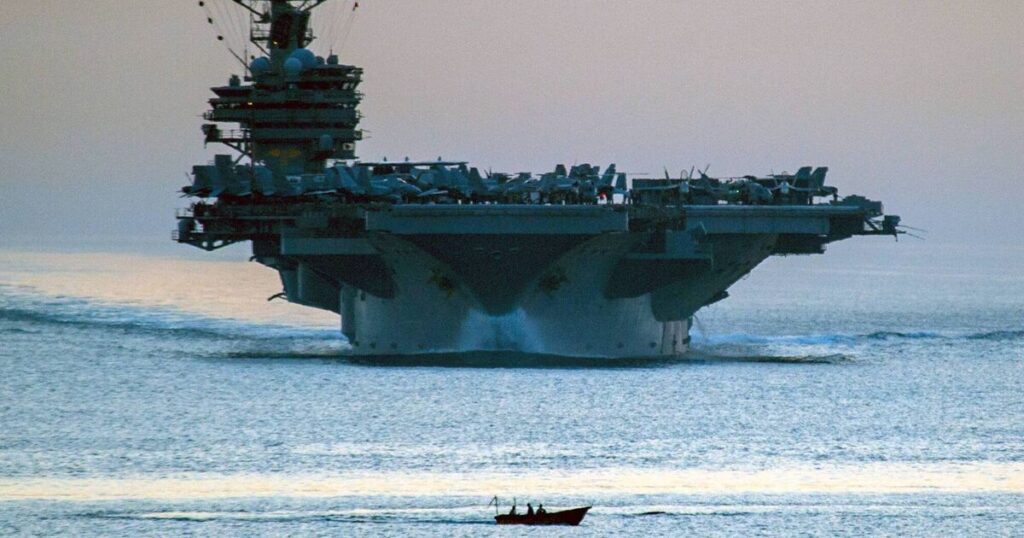Iran’s top security body will have the final say on any decision to close the Strait of Hormuz, Iranian state TV reported Sunday. This follows reports that parliament supported the action in response to purported US strikes against Iranian nuclear facilities.
While Iran has previously threatened to close the Strait, it has never actually done so. Such a move would severely restrict global trade and significantly impact oil prices.
The Strait of Hormuz is a waterway located between Oman and Iran. It connects the Persian Gulf to the north with the Gulf of Oman to the south, and ultimately to the Arabian Sea.
At its narrowest point, the Strait is approximately 33 kilometers (21 miles) wide. The shipping lane itself is only about 3 kilometers (1.9 miles) wide in each direction.
A significant portion – roughly a fifth – of the world’s total oil consumption passes through the Strait of Hormuz. Data from the analytics firm Vortexa indicates that between early 2022 and the previous month, between 17.8 million and 20.8 million barrels of crude oil, condensate, and fuels flowed through the Strait each day.
Several OPEC member countries, including Saudi Arabia, Iran, the United Arab Emirates, Kuwait, and Iraq, export the majority of their crude oil via the Strait, primarily to Asia. The UAE and Saudi Arabia have explored alternative routes to bypass the Strait.
The U.S. Energy Information Administration stated in June of the previous year that approximately 2.6 million barrels per day (bpd) of unused capacity from existing UAE and Saudi pipelines could be utilized to avoid the Strait of Hormuz.
Qatar, a major global exporter of liquefied natural gas (LNG), transports almost all of its LNG shipments through the Strait.
The U.S. Fifth Fleet, headquartered in Bahrain, is responsible for ensuring the safety of commercial shipping in the region.
In 1973, Arab oil producers, spearheaded by Saudi Arabia, imposed an oil embargo on Western nations supporting Israel in its conflict with Egypt.
While Western nations were the primary purchasers of crude oil from Arab countries at the time, Asia is now the dominant consumer of OPEC’s crude oil.
U.S. oil liquids production has more than doubled in the past two decades, transforming the country from the world’s largest oil importer to a leading exporter.
During the Iran-Iraq War (1980-1988), both sides attempted to disrupt each other’s oil exports in a conflict known as the Tanker War.
In July 1988, a U.S. warship mistakenly shot down an Iranian passenger plane, resulting in the deaths of all 290 people on board. Washington claimed it was an accident, while Tehran insisted it was a deliberate attack.
In January 2012, Iran threatened to block the Strait in response to sanctions imposed by the U.S. and Europe. In May 2019, four vessels, including two Saudi oil tankers, were attacked off the coast of the UAE, outside the Strait of Hormuz.
Iran has seized three vessels near or within the Strait of Hormuz, two in 2023 and one in 2024. Some of these seizures occurred after the U.S. seized tankers with connections to Iran.


